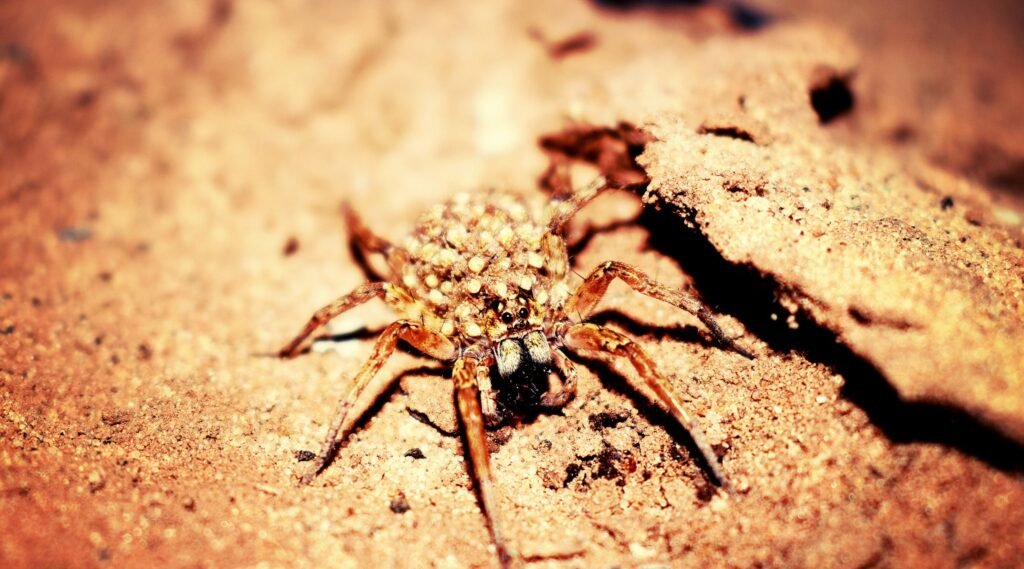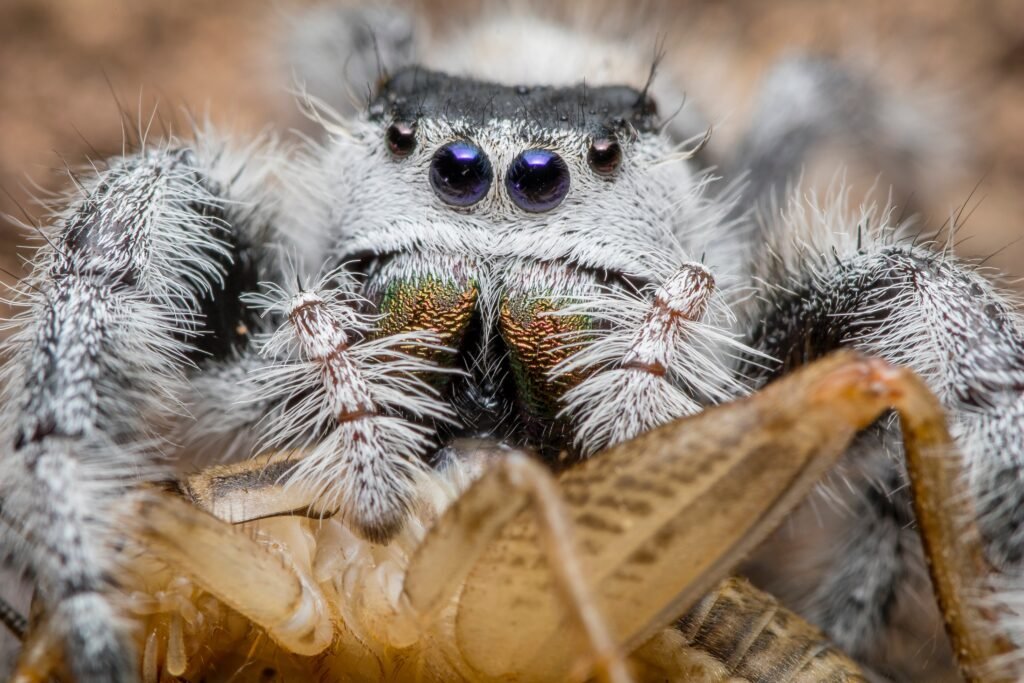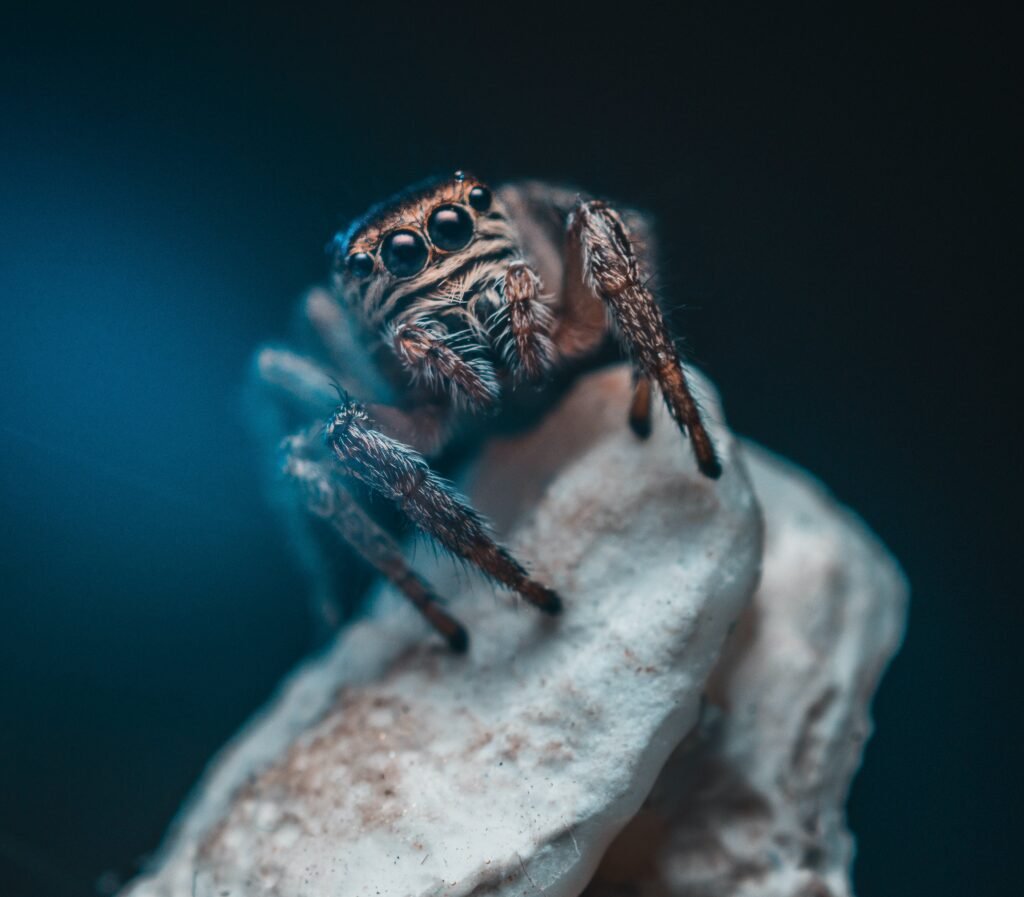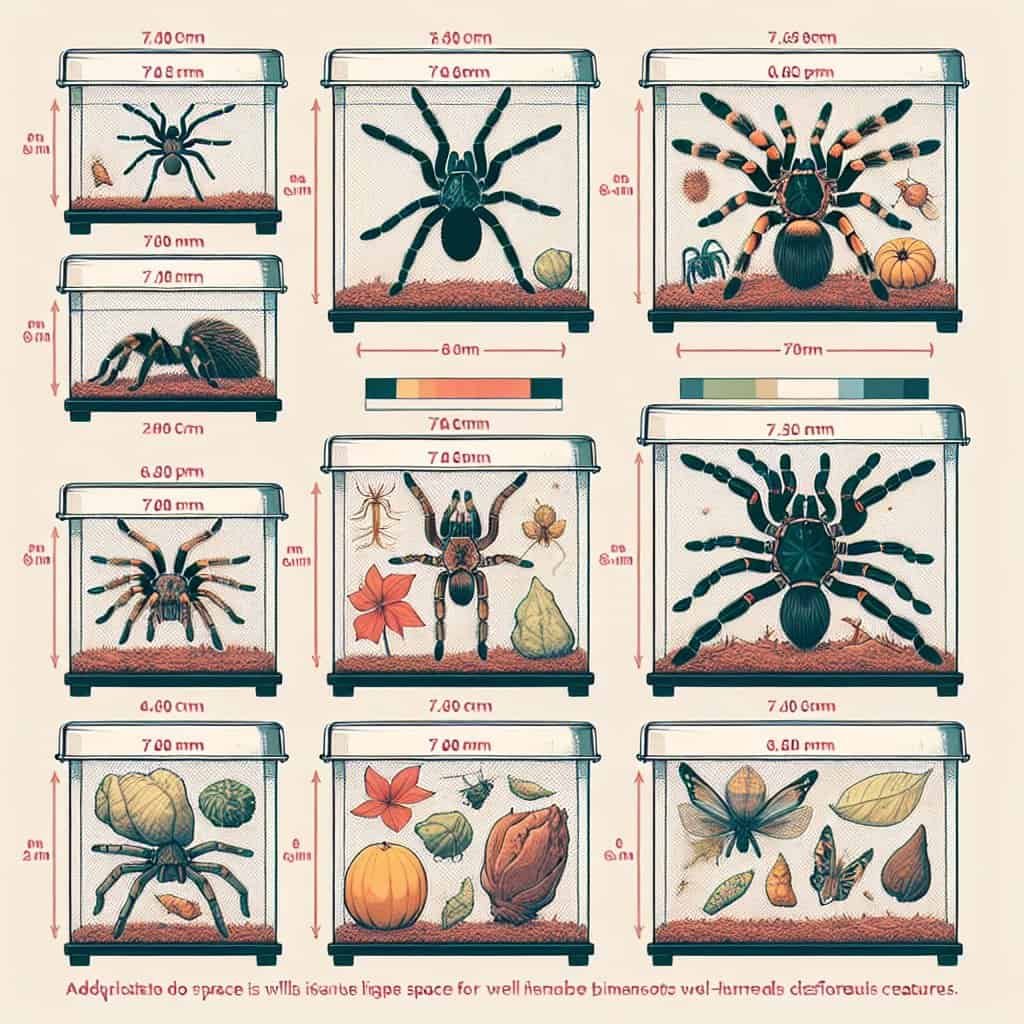Have you ever wondered what the ideal enclosure size is for your pet tarantula? In this article, we will explore the recommended enclosure sizes for different tarantula species. From the tiny slings to the large adults, each tarantula has its own specific space requirements to ensure optimal comfort and well-being. So whether you’re a new tarantula owner or looking to upgrade your current setup, get ready to discover the perfect housing dimensions for your eight-legged friend!
General Considerations
Tarantulas, with their unique and captivating appearance, have gained popularity as pets. They are fascinating creatures that require careful attention to their enclosure size to ensure their well-being. Proper enclosure size is crucial for the overall health and happiness of a tarantula, as it allows for adequate space to move and thrive. There are several factors that affect the ideal enclosure size for tarantulas, including their species, behavior, and age. By understanding these factors and choosing the right enclosure type, you can provide a comfortable and suitable home for your tarantula.
Importance of Proper Enclosure Size
Before delving into the specific enclosure sizes for different tarantula species, it is essential to understand the significance of providing the right size enclosure for your pet tarantula. Tarantulas are not only aesthetically pleasing, but they are also creatures that need ample space to roam and engage in natural behaviors. A cramped enclosure can lead to stress, limited mobility, and a decrease in overall well-being. On the other hand, a well-suited and adequately sized enclosure promotes a healthy and active tarantula, enabling them to flourish in captivity.
Factors Affecting Enclosure Size
When determining the appropriate enclosure size for a tarantula, there are a few important factors to consider. These factors include the tarantula’s species, its behavior, and its age. Different species possess varying needs in terms of space and habitat requirements. Additionally, some tarantulas are more active and require larger enclosures, while others are more sedentary and can thrive in relatively smaller spaces. Lastly, the age of a tarantula influences its enclosure size needs, as younger tarantulas may require smaller enclosures that provide a sense of security.
Choosing the Right Enclosure Type
Tarantulas can be classified into different types based on their natural habitat preferences. Understanding the type of tarantula you own is crucial in choosing the right enclosure type. There are four main types of tarantulas: small, medium, large, and arboreal. Each type has specific enclosure requirements to meet the unique needs of the tarantula’s natural behavior and living conditions. By selecting the appropriate enclosure type, you can ensure that your tarantula feels safe and comfortable in its home.
Small Tarantula Species
Small tarantula species, such as Avicularia Avicularia (Pink-toed Tarantula), Grammostola Porteri (Rose Hair Tarantula), and Brachypelma Smithi (Mexican Red Knee Tarantula), have relatively similar enclosure size requirements. A suitable enclosure size for small tarantulas generally ranges between 5 to 10 gallons. It is important to note that these sizes can vary slightly depending on the individual tarantula’s size and activity level. Providing ample hiding spots and climbing structures within the enclosure is also ideal for these arboreal species. Remember to use a well-ventilated enclosure to maintain proper airflow.

Medium Tarantula Species
Medium-sized tarantula species, including Brachypelma Emilia (Mexican Red Leg Tarantula), Lasiodora Parahybana (Salmon Pink Birdeater), and Chromatopelma Cyaneopubescens (Greenbottle Blue Tarantula), require larger enclosure sizes compared to their smaller counterparts. A spacious enclosure ranging between 10 to 20 gallons is generally recommended for medium-sized tarantulas. These species are more active and require more space to explore and move around. Including a mix of substrate types and providing objects for burrowing and climbing will enhance their overall well-being.
Large Tarantula Species
Large tarantula species, such as Theraphosa Blondi (Goliath Birdeater), Poecilotheria Metallica (Gooty Sapphire Ornamental Tarantula), and Lasiodora Vagans (Brazilian Red and White Tarantula), have significantly larger enclosure size requirements. These formidable creatures need extensive space to thrive. A suitable enclosure size for large tarantula species is typically between 20 to 40 gallons. These enclosures should be spacious and equipped with ample hiding spots, climbing structures, and a substrate that allows for burrowing. Providing a well-ventilated and secure enclosure is crucial for the safety and well-being of these impressive tarantulas.

Arboreal Tarantula Species
Arboreal tarantula species, such as Psalmopoeus Irminia (Venezuelan Suntiger Tarantula) and Avicularia Versicolor (Antilles Pinktoe Tarantula), have specific enclosure size requirements due to their natural habitat preferences. These tarantulas require taller enclosures rather than wider ones to accommodate their arboreal nature. A suitable enclosure for arboreal tarantulas should have a height of at least double their leg span. Ensuring that the enclosure is well-ventilated and equipped with sturdy branches, silk anchor points, and a substrate that enables web building will provide a stimulating and comfortable environment for these climbers.
Terrestrial Tarantula Species
Terrestrial tarantula species, such as Grammostola Pulchra (Brazilian Black Tarantula) and Aphonopelma Chalcodes (Desert Blonde Tarantula), thrive in ground-dwelling environments. These species require enclosures that provide ample floor space to satisfy their terrestrial behavior. A suitable enclosure size for terrestrial tarantulas ranges between 5 to 10 gallons, with a focus on horizontal space rather than height. Utilizing a substrate that allows for burrowing and adding hides and tunnels within the enclosure will create a suitable habitat for these fascinating tarantulas.

Burrowing Tarantula Species
Burrowing tarantula species, such as Chilobrachys Fimbriatus (Indian Violet Tarantula) and Xenesthis Immanis (Colombian Lesserblack Tarantula), have unique enclosure requirements that cater to their burrowing behavior. These tarantulas need enclosures that allow for digging and provide them with a sense of security. A suitable enclosure size for burrowing tarantulas ranges between 10 to 20 gallons, with a deeper substrate layer to accommodate their burrowing needs. It is important to ensure that the enclosure offers hiding places and suitable ventilation to support the tarantula’s underground lifestyle.
In conclusion, ensuring the proper enclosure size is crucial for the well-being and happiness of your pet tarantula. By considering factors such as the tarantula’s species, behavior, and age, you can determine the appropriate size that suits their natural needs. Providing the right enclosure type, whether for small, medium, large, arboreal, terrestrial, or burrowing tarantulas, will create a comfortable and stimulating environment for your eight-legged friend. Remember to always prioritize the safety and happiness of your tarantula when selecting and setting up their enclosure.
